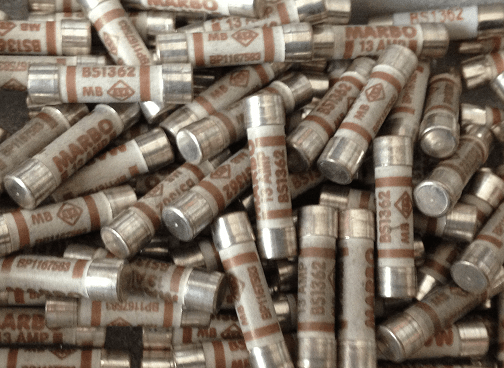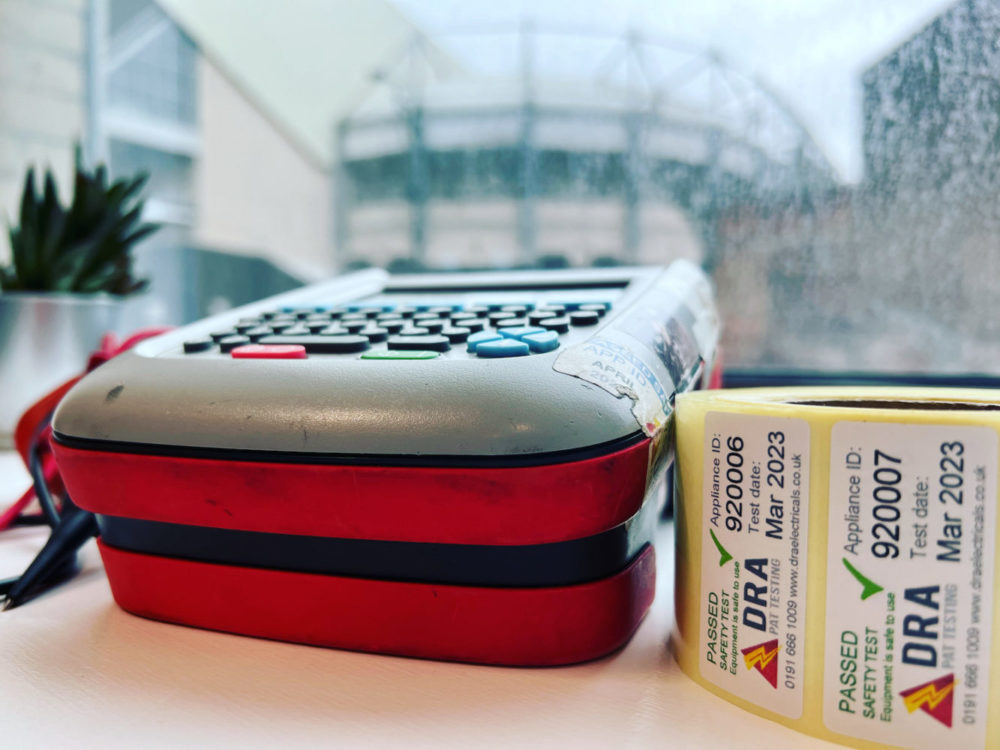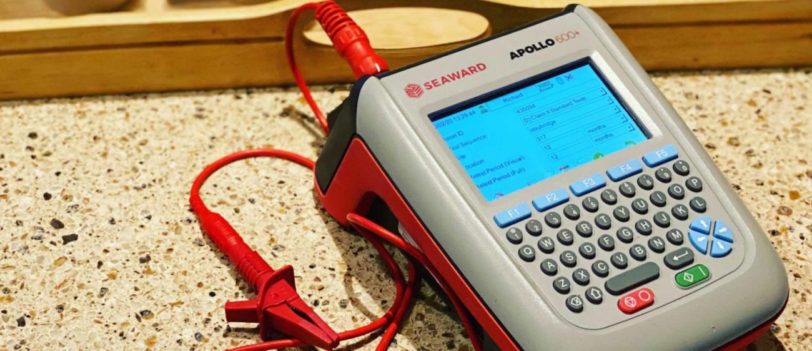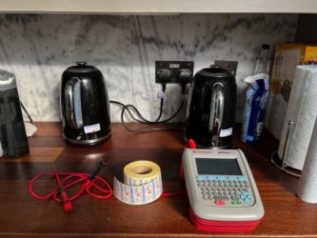Choosing the right fuse
For the convenience of users, appliance manufacturers have standardised to two plug fuse ratings- 3A & 13A and adopted appropriate flex sizes. For appliances up to 700W a 3A fuse is used, for those over 700W a 13A fuse is used.

Plug Fuse Ratings
A variety of fuse ratings (1A, 2A, 3A, 5A, 7A, 10A 13A common ratings in bold) are available.
The fuse in the plug is not fitted to protect the appliance, although in practice it often does this. Appliances are generally designed to European standards for use throughout Europe. In most countries the plug is unfused. If an appliance needs a fuse to comply with the standard it must be fitted within the appliance. The fuse in the plug protects against faults in the flex and can allow the use of a reduced csa flexible cable. This is advantageous for such appliances as electric blankets, soldering irons and Christmas tree lights, where the flexibility of a small flexible cable is desirable.
With some loads it is normal to use a slightly higher rated fuse than the normal operating current. For example on 500 W halogen floodlights it is normal to use a 5 A fuse even though a 3 A would carry the normal operating current. This is because halogen lights draw a significant surge of current at switch on as their cold resistance is far lower than their resistance at operating temperature.
Contact us today…
We will respond as soon as possible, to help you. If you prefer you can call our office on 01916661009 or 07778416850



